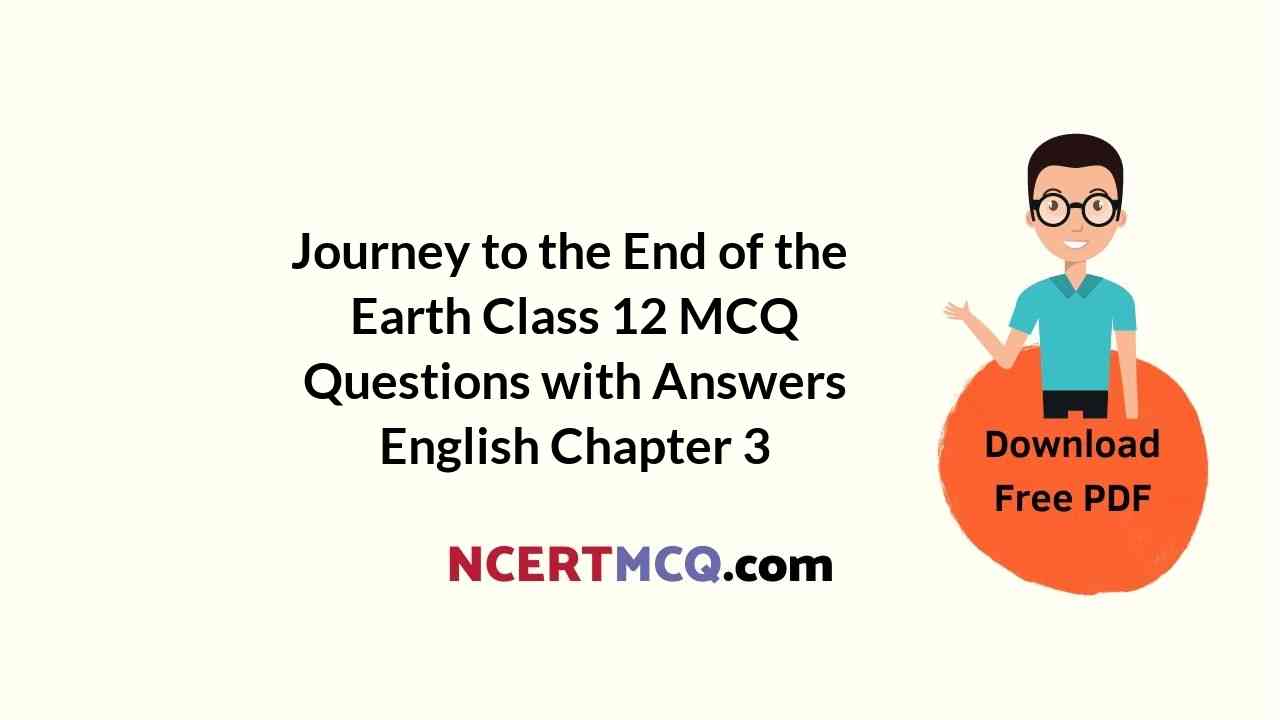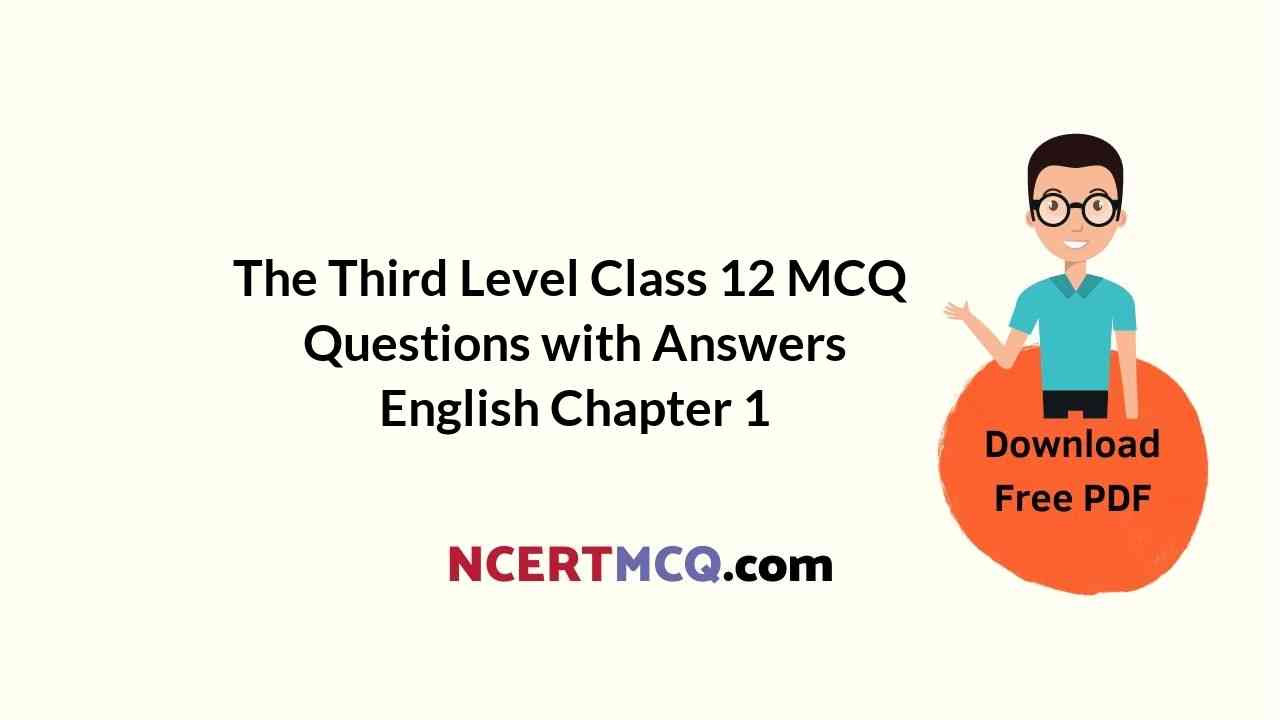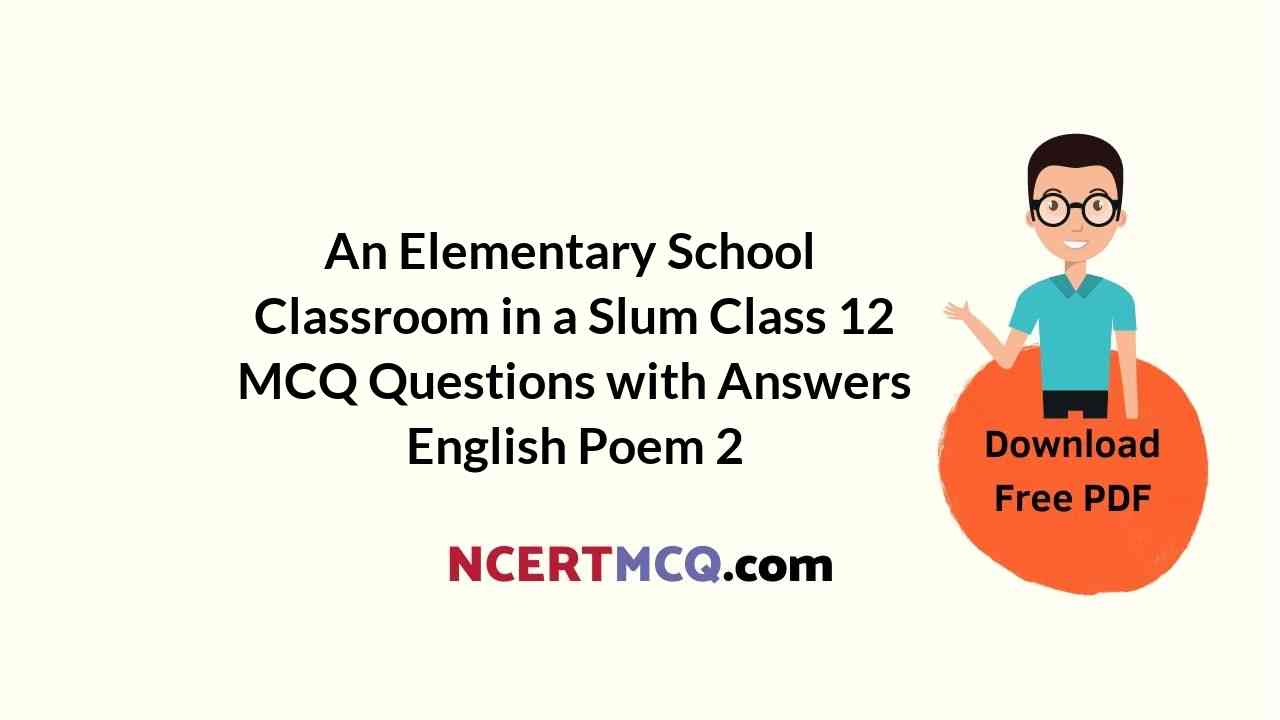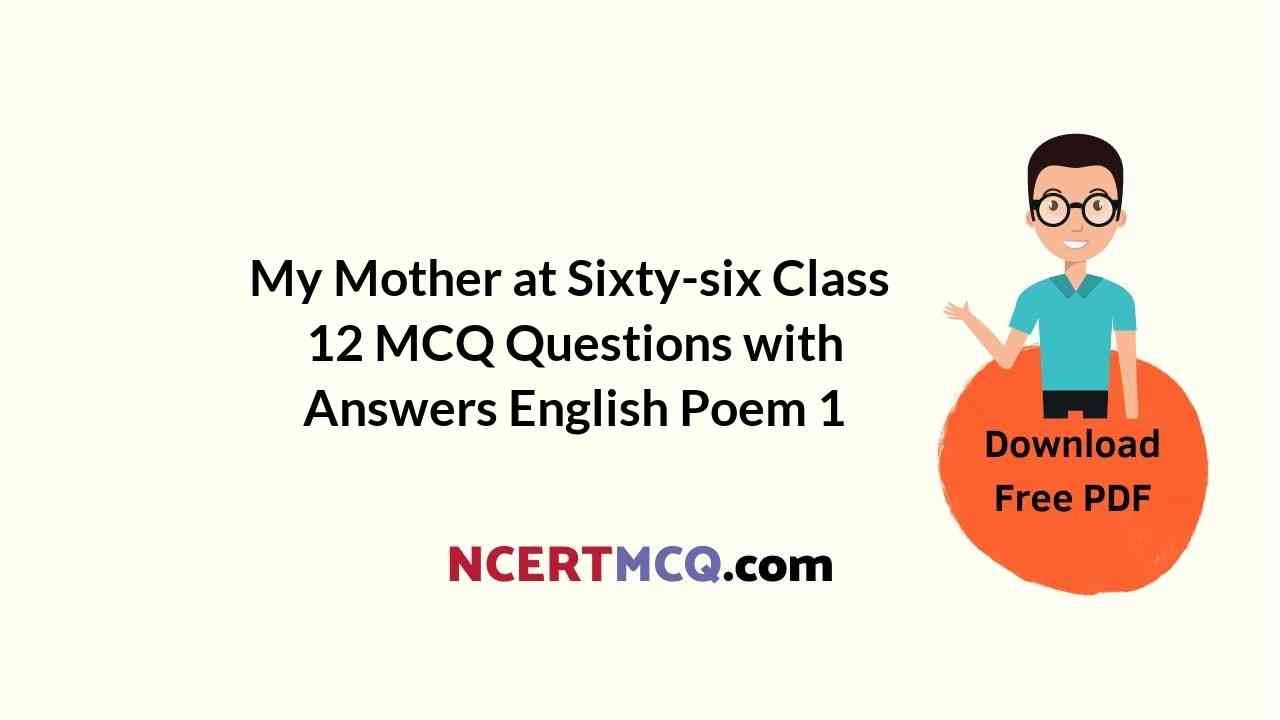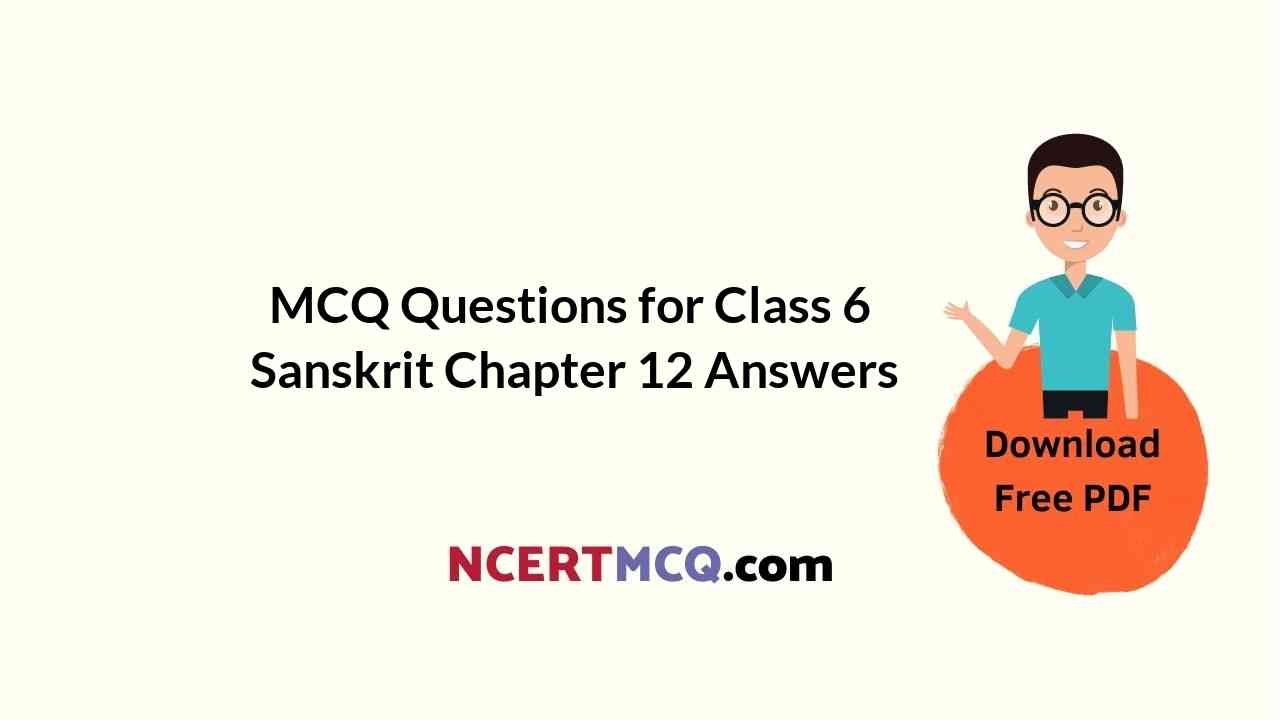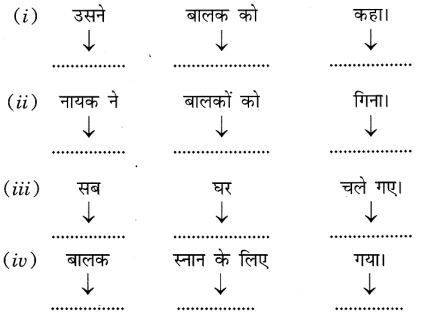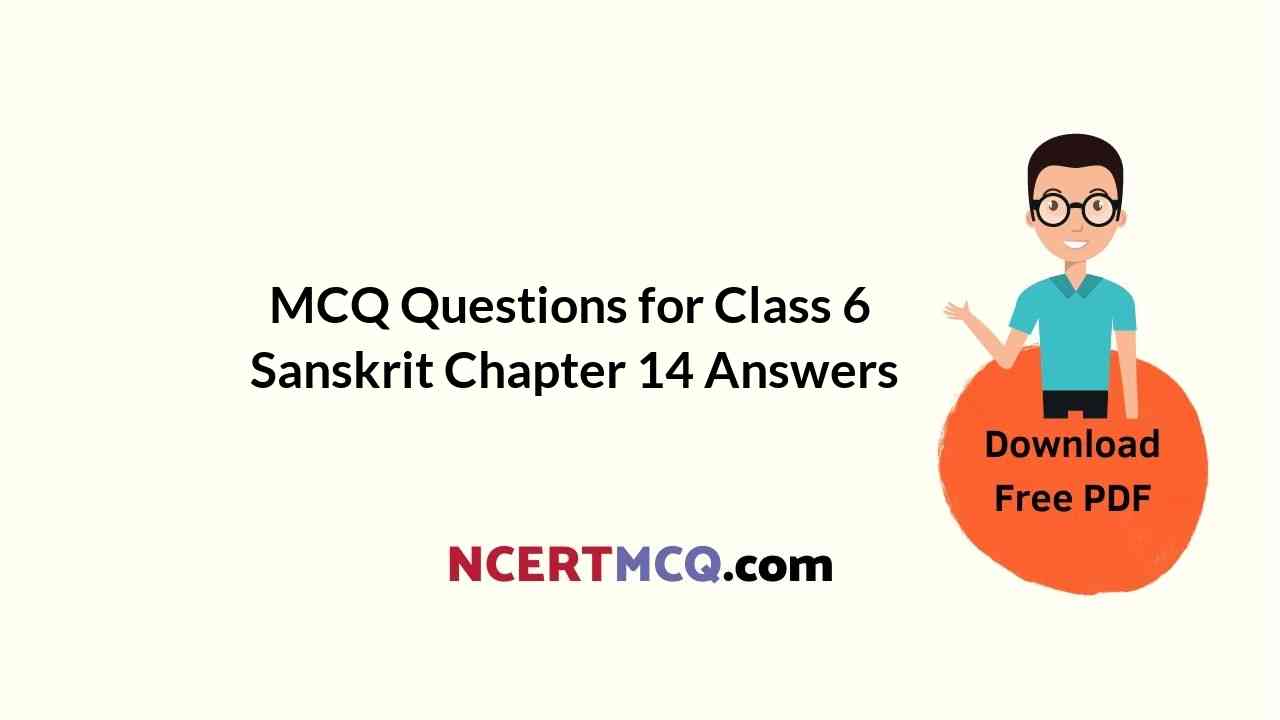Check the below NCERT MCQ Questions for Class 12 English Vistas Chapter 2 The Tiger King with Answers Pdf free download. MCQ Questions for Class 12 English with Answers were prepared based on the latest exam pattern. We have provided The Tiger King Class 12 English MCQs Questions with Answers to help students understand the concept very well.
MCQ Questions for Class 12 English Vistas Chapter 2 The Tiger King with Answers
Question 1.
How many surgeons were summoned to attend the king?
(a) 3
(b) 7
(c) 9
(d) 13
Answer
Answer: (a) 3
Question 2.
Identify the literary device in ‘like quills all over it’.
(a) Metaphor
(b) Simile
(c) Alliteration
(d) Personification
Answer
Answer: (b) Simile
Question 3.
The wooden tiger was carved by
(a) A master craftsman
(b) An unskilled carpenter
(c) The shopkeeper himself
(d) A British carpenter
Answer
Answer: (b) An unskilled carpenter
Question 4.
The original cost of the present was
(a) 2 annas and a quarter
(b) 2 annas and a half
(c) One and a half annas
(d) 3 annas
Answer
Answer: (a) 2 annas and a quarter
Question 5.
How old was the King’s son?
(a) One year old
(b) Three years old
(c) Five years old
(d) Seven years old
Answer
Answer: (b) Three years old
Question 6.
The 100th tiger had __
(a) been shot dead
(b) fainted
(c) disappeared
(d) been set free
Answer
Answer: (b) fainted
Question 7.
The old tiger had been brought from____
(a) Calcutta Park
(b) Business Park
(c) Leisure Park
(d) People’s Park
Answer
Answer: (d) People’s Park
Question 8.
The frustrated Tiger King asked the Dewan——–
(a) to resign
(b) to go to far off places in search of a tiger
(c) to invite the British Officer
(d) to get a tiger from the Madras zoo
Answer
Answer: (a) to resign
Question 9.
Maharaja on not finding the last tiger __
(a) went to the Madras zoo
(b) terminated the services of many officers
(c) went to live in the jungle
(d) gave up the idea completely
Answer
Answer: (b) terminated the services of many officers
Question 10.
Each time the Maharaja visited his father-in-law, he killed ___ tigers
(a) 1-2
(b) 5-6
(c) 9-10
(d) 12-13
Answer
Answer: (b) 5-6
Question 11.
In 10 years of hunting expeditions, the Maharaja killed ___ tigers
(a) 30
(b) 50
(c) 70
(d) 90
Answer
Answer: (c) 70
Question 12.
Maharaja and Dewan ___ the British Officer to save the kingdom
(a) entertained
(b) bribed
(c) pacified
(d) confronted
Answer
Answer: (b) bribed
Question 13.
____ became the King’s main occupation
(a) English
(b) Justice
(c) Governance
(d) Tiger hunting
Answer
Answer: (d) Tiger hunting
Question 14.
A high ranking British officer wished to go on
(a) a tiger hunting expedition
(b) to the jungle
(c) and investigate the decrease in tiger population
(d) and remove the Tiger King
Answer
Answer: (a) a tiger hunting expedition
Question 15.
The astrologer stated that he would ___ if the king killed the 100th tiger
(a) leave the state
(b) kill himself
(c) cut his hair
(d) denounce the world
Answer
Answer: (c) cut his hair
Question 16.
The state astrologer predicted that no harm would come to the Tiger King till the killing of ___ tigers
(a) 89
(b) 99
(c) 79
(d) 100
Answer
Answer: (b) 99
Question 17.
What character trait of the prince is revealed when he utters the words, ‘Let Tigers Beware’?
(a) Humility
(b) Arrogance
(c) Pride
(d) Will-power
Answer
Answer: (b) Arrogance
Question 18.
How old was the Prince when he ridiculed the astrologer?
(a) 10 days
(b) 10 weeks
(c) 10 months
(d) 10 years
Answer
Answer: (a) 10 days
Question 19.
The Maharaja of ____ is the hero of the story.
(a) Ramnagar
(b) Pratibandapuram
(c) Paltipuram
(d) Preetamgarh
Answer
Answer: (b) Pratibandapuram
Question 20.
Kalki, the author of ‘The Tiger King’ has used as a background, days of ___ kings dominating their subjects.
(a) just
(b) brave
(c) eccentric
(d) gullible
Answer
Answer: (c) eccentric
Question 21.
What shows the false ego and pride of the king in the story?
(a) his killing of tigers and no concern for nature
(b) his desire to marry
(c) his orders from time to time
(d) None
Answer
Answer: (a) his killing of tigers and no concern for nature
Question 22.
What literary device has been used in the story?
(a) metaphorical expressions
(b) Irony
(c) sarcasm
(d) All
Answer
Answer: (b) Irony
Question 23.
What birthday gift did the Maharaja present to his 3 years old son?
(a) a toy
(b) gold coins
(c) forests
(d) a toy tiger
Answer
Answer: (d) a toy tiger
Question 24.
Why did the king send rings to British official’s wife?
(a) to save his state and to please The British
(b) to invite them for hunting
(c) to invite them for a feast
(d) to find more tigers
Answer
Answer: (a) to save his state and to please The British
Question 25.
Why was the Maharaja so anxious to kill 100th tiger?
(a) to ensure his safety and to prove prediction wrong
(b) to prove his hunting skills
(c) to prove his power
(d) none
Answer
Answer: (a) to ensure his safety and to prove prediction wrong
Question 26.
What did the Maharaja do to ensure his safety?
(a) He owned tigers
(b) married a princess
(c) prohibited British officer to enter his territory
(d) He killed tigers
Answer
Answer: (d) He killed tigers
Question 27.
What is the irony in the story?
(a) kings desire to prove predictions wrong
(b) king’s desire to marry
(c) king’s desire to kill tigers
(d) The king killed 99 tigers and died because of a toy tiger
Answer
Answer: (d) The king killed 99 tigers and died because of a toy tiger
Question 28.
Why did Maharaja put a ban on Tiger hunting in his state?
(a) to prove the priest’s prediction wrong
(b) to prove his power
(c) to show his love for animals
(d) his kindness towards the animals
Answer
Answer: (a) to prove the priest’s prediction wrong
Question 29.
Who actually shot the 100th tiger?
(a) one of the hunters who accompanied the king
(b) a soldier
(c) king’s guest
(d) British high officer
Answer
Answer: (a) one of the hunters who accompanied the king
Question 30.
What became the cause of King’s death?
(a) a tiger
(b) a tiger from his wife’s forest
(c) a tiger in his state
(d) the wooden tiger from the toyshop
Answer
Answer: (d) the wooden tiger from the toyshop
Question 31.
What is the theme of the story?
(a) Desire of power
(b) Desire to have power for one’s selfish interests and not for the welfare of the people
(c) desire to help others
(d) none
Answer
Answer: (b) Desire to have power for one’s selfish interests and not for the welfare of the people
Question 32.
When did the Prince marry?
(a) at the age of 20
(b) when he killed the first tiger
(c) After killing all the tigers in the State
(d) None
Answer
Answer: (c) After killing all the tigers in the State
Question 33.
At what age the boy crowned as king?
(a) 30
(b) 15
(c) 22
(d) 20
Answer
Answer: (d) 20
Question 34.
How did the child grow?
(a) drinking goat’s milk like other royal children
(b) drinking buffalo’s milk like other royal children
(c) drinking cow’s milk like other royal children
(d) none
Answer
Answer: (b) drinking buffalo’s milk like other royal children
Question 35.
What did the astrologer predict?
(a) the boy will be a king
(b) the boy will visit the world
(c) the king will be killed by 100th tiger
(d) none
Answer
Answer: (c) the king will be killed by 100th tiger
Question 36.
Who was Duraisani?
(a) an old lady
(b) a young lady
(c) a greedy woman, wife of a high rank British officer
(d) none
Answer
Answer: (c) a greedy woman, wife of a high rank British officer
Question 37.
Under whose rule were the kings living?
(a) sovereign rule
(b) queen’s rule
(c) king’s rule
(d) Under the thumb rule of the British
Answer
Answer: (d) Under the thumb rule of the British
Question 38.
On which issue is the story The Tiger King a satire on?
(a) on people
(b) on animals
(c) on birds
(d) on the false pride, ego and stubbornness of the powerful people
Answer
Answer: (d) on the false pride, ego and stubbornness of the powerful people
Question 39.
From where did the author derive his name?
(a) from the preffix of his name
(b) from the suffix of his name
(c) from the suffix of his wife’s name
(d) from the suffix of his and his wife’s name
Answer
Answer: (d) from the suffix of his and his wife’s name
Question 40.
Who is the author of The Tiger King?
(a) Ramaswamy Aiyer Krishnamurthy
(b) Charles Dickens
(c) Kamladas
(d) None
Answer
Answer: (a) Ramaswamy Aiyer Krishnamurthy
Question 41.
Why did The King not permit British officer to click a picture with the dead tiger?
(a) to prove his might
(b) he was scared of the British
(c) because it was against the rules of his state
(d) None
Answer
Answer: (c) because it was against the rules of his state
Question 42.
How has the writer has proved the futility of king’s desire?
(a) by showing him a victim of a toy tiger
(b) by showing him as a powerful king
(c) by making the king kill 99 tigers
(d) All
Answer
Answer: (a) by showing him a victim of a toy tiger
Question 43.
What is the moral of the story?
(a) Power
(b) Power makes us powerful
(c) Power is meaningless before destiny
(d) All
Answer
Answer: (c) Power is meaningless before destiny
Question 44.
What proved the Dewan’s resourcefulness?
(a) his wits
(b) his intelligence
(c) his ability to manage a tiger in Madras
(d) none
Answer
Answer: (c) his ability to manage a tiger in Madras
Question 45.
Why did the Maharaja double the tax?
(a) In his rage against the disappearance of the sheep and to find 100th tiger
(b) to raise the funds
(c) to increase the income of the state
(d) none
Answer
Answer: (a) In his rage against the disappearance of the sheep and to find 100th tiger
We hope the given NCERT MCQ Questions for Class 12 English Vistas Chapter 2 The Tiger King with Answers Pdf free download will help you. If you have any queries regarding CBSE Class 12 English The Third Level MCQs Multiple Choice Questions with Answers, drop a comment below and we will get back to you soon.

